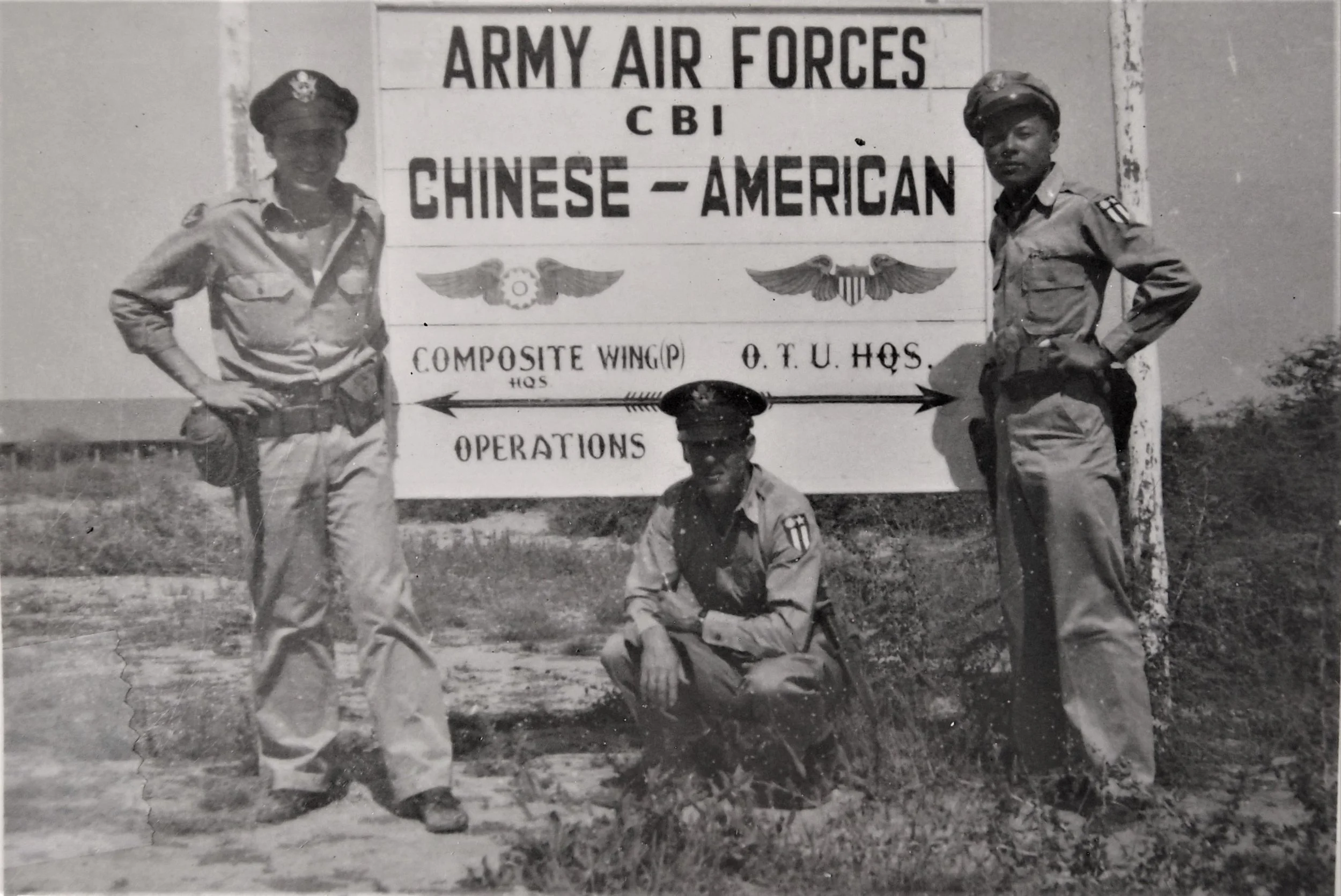“Flying Tigers New Emblem”
In early October of 1943, newspapers across the US announced that the 14th Air Force had officially adopted a new Flying Tigers emblem, with Maj. Gen. Claire L. Chennault's approval and endorsement. Former commander of the renowned American Volunteer Group that gained fame as the original “Flying Tigers,” as well as of the China Air Task Force that succeeded it, Chennault now served in command of the 14th Air Force. Its effectiveness soon earned it the moniker, "the Fighting Fourteenth.” Carrying on the Flying Tigers legacy under Chennault’s leadership, the 14th went on to win air superiority in China. In his memoirs, Chennault later praised the accomplishments of his air force and wrote, “It was a record of which every man who wore the Flying Tiger shoulder patch can be proud.”
“Chennault’s Baby” Wreaks Havoc
The month of September 1945 marked the final period of existence of the CACW. “Almost two years of operations were climaxed in August by the sudden ending of the war, thus bringing about the disbanding of the Chinese-American Composite Wing,” wrote the 1st Bomb Group’s acting historical officer. Conceived by Maj. Gen. Claire Lee Chennault, famed former commander of the American Volunteer Group (AVG), the CACW took Chennault’s plan to assist the Chinese even further than his previous efforts. Their mission to paralyze the infrastructure of the Japanese War Machine and to inhibit enemy troop movements by destroying cargo caravans, troop transports, railroads, tunnels, and bridges was unquestionably successful.
Chennault’s Grand Experiment
Major General Claire Lee Chennault, in command of the 14th Air Force and formerly of the American Volunteer Group, envisioned and implemented his grand experiment--the Chinese-American Composite Wing. His purposes were to rehabilitate the Chinese Air Force fighting under Generalissimo Chiang Kai-shek, head of the Republic of China, and to provide good will and understanding between the Chinese and Americans for the future. The CACW proved to be enormously successful and played a key role in defeating the Japanese invaders.
Stagnating at Sodden Peishiyi
Following their evacuation from Kweilin (Guilin), the 3rd Bomb Squadron moved to Peishiyi Field near Chungking (Chonqing). Previously used by the American Volunteer Group, the facilities were dilapidated, chilly, and crowded. Supplies of all kinds, including gas and food, were in short supply, and menus generally comprised such unfamiliar and unappealing choices as water buffalo meat. "We didn't get food and supplies until the war in Europe was over."




